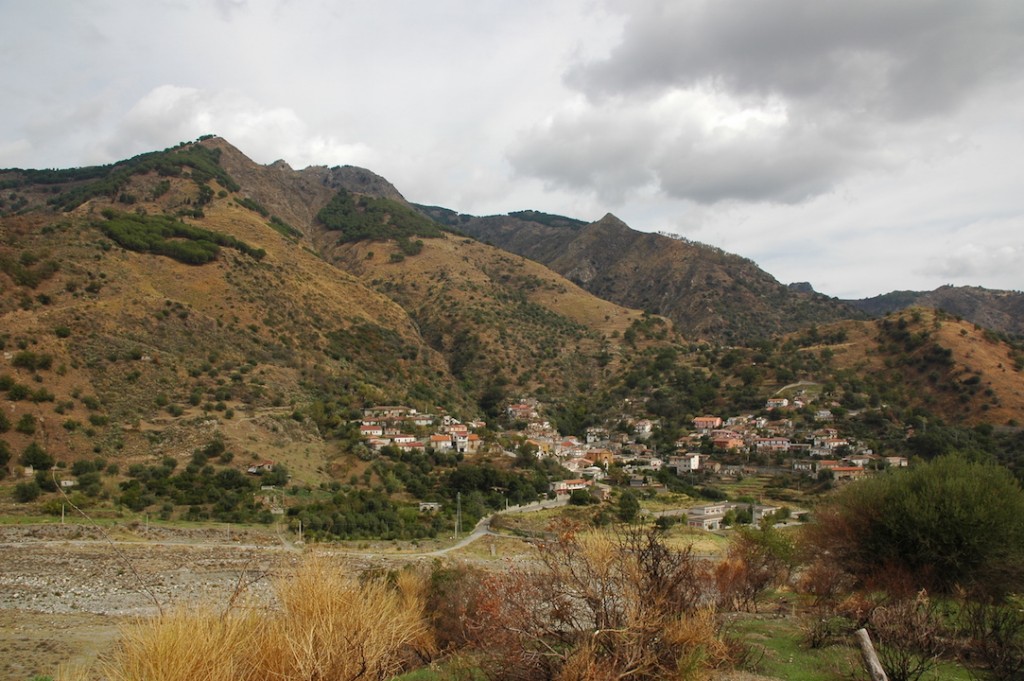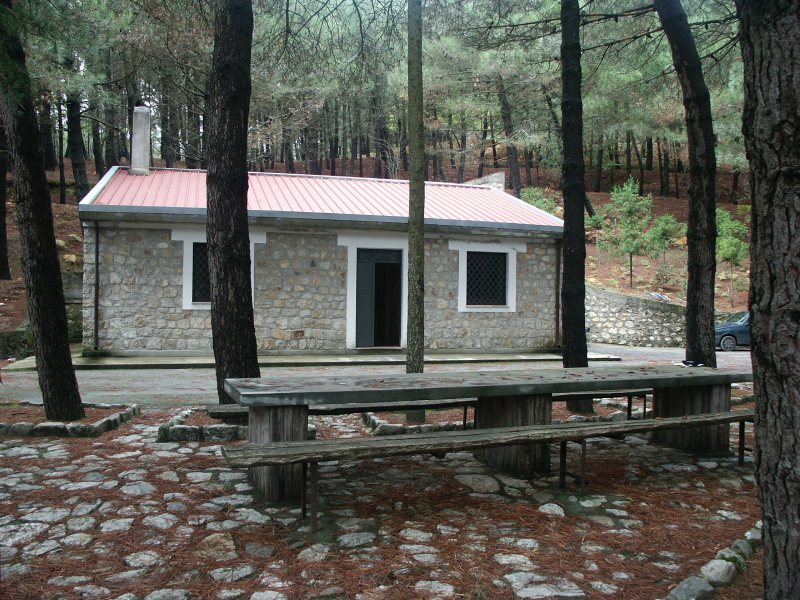Scafi Station
Disponibilita Camere
Camere
Non ci sono camere disponibili
General Info
Description
This Station, made entirely of stone, is a one-storey rectangular building divided into four rooms. The mono-pitched roof is covered in waterproof material. The dining room contains a fireplace finished in pebbles which gives the place a rather cosy touch. The space in front of the building contains tables and benches where groups of hikers and tourists can relax and enjoy themselves. The compound also contains a garage used for storage. The surrounding area is devoted primarily to reforestation so that you will find alternating colonies of mature plants and young trees, the latter found mostly on the margins of the forest trails or on the steep, rocky slopes.
How to arrive
Leave the SS 106 at Melito Porto Salvo, drive up for 12.5 kilometres along the SP 183 and then turn right for Roccaforte del Greco. Pass the junction for San Lorenzo and after 3-4 kilometres take the turning for Peripoli. Here the road goes downhill to the bridge over the Pisciato Torrent, then goes uphill again through a number of sharp bends. Having passed these, and after a short straight stretch, you come to a pass from which you can see Roccaforte and where the road begins going downhill again. Make sure you notice the tarmacked road to the right. Take it and after a steep climb of about 1 kilometre you reach a crossroads. Go straight on and you will soon arrive at the Station. Another route from Condofuri is more direct but the roads are not too good. Leave the SS 106 at Condofuri Marina for Condofuri. A few kilometres before the village you will come to turning on the right for Gallicianò. Follow it for about 6 kilometres but just before you reach the hamlet, take a small uphill road, left. Continue for about 5 kilometres until you arrive at the Scafi plateau. Continue on to the next crossroads and go left. You have arrived at the Station.
Altitude
1,042 metres above sea level
Source
Guida Caselli Forestali della Province of Reggio Calabria
Edited by Alfonso Picone Chiodo
CAI [ITALIAN ALPINE CLUB] Aspromonte Reggio Calabria Section – AFOR Calabria
Check-in
Check-out
Activities
RECINZIONE: SI
CAMINETTO: SI
ACQUA ALL’ESTERNO: SI
Condofuri

Tarantella, the Greek language and bergamot, these are three of the elements that make Condofuri one of the most characteristic towns of Greek Calabria.
Condofuri is a complex locality, a compound of several villages and hamlets, each with its own history and traditions: Condofuri Superiore and Condufuri Marina, San Carlo, Amendolea and Gallicianò.
The main nucleus of Condofuri (“Condochùri”) is that along the coast (Condofuri Marina), although some of its administrative offices are located in Condofuri Superiore. Its position, once marginal compared to Amendolea and Gallicianò, as its name “Condo-Churi” (“near the village”) suggests, is changing thanks to today’s tendency to settle inland, whereas, until recently, people were inclined to abandon the hinterland and move to the coast.
THE NAME
Koundouroi is mentioned for the first time in a mid-eleventh-century Byzantine land-registry document. The name of the town comes from the Greek Kontochori, meaning “lower village” or “village near the town” with reference to Bova or Gallicianò.
TOWNLANDS AND LOCALITIES
Amendolea, Barone, Carcara, Condofuri Marina, Gallicianò, Grotte, Lapsé, Limmara, Lugarà, Mangani, Muccari, Pietra, Plembaci, Rodì, Rossetta, San Carlo, Santa Lucia, Schiavo.
HISTORY
According to tradition, Condofuri was founded by the inhabitants of Gallicianò. This theory is confirmed by a report of 1754 in which the local bishop, Monsignor Morabito, points out that the church at Condofuri is devoid of a parish priest because, being as it is a “not very old colony” of Gallicianò, the hamlet depended on the town as far as the care of spiritual matters were concerned, also.
However, scholars trace the origins of the hamlet of Condofuri back to the period of Roman domination.
The village of Amendolea seems to have been founded to act as a bulwark to defend the borders of the Locri area. In the Middle Age, it enjoyed a certain commercial and military prestige due to its strategic position. Abandoned after the 1908 earthquake, the historic Amendolea was rebuilt as a small agro-pastoral hamlet at the foot of the huge rock formation on which the ruins of Castle Ruffo stand.
EXPLORING THE HISTORIC CENTRE
At 300 metres above the sea, this small town is surrounded by practically untouched countryside, crossed by the imposing Amendolea River. The ancient roadway to the Aspromonte can still be covered today on foot as far as the stunning Maesano waterfalls. The once majestic hamlet is currently inhabited by a mere handful of elderly people. Its magnificent church, dedicated to Saint Dominic [San Domenico], contains numerous important wooden sculptures dating from the sixth to the twentieth centuries.
The centre of Condofuri is truly unique, with its houses and streets arranged in tiers and alternating terraces and flower-filled balconies.
The parish church, founded many centuries ago, is well worth a visit. It houses numerous works by local artists, while the Amendolea Castle, visible from the main road, features crenelated walls and the remains of a tower, which according to legend, once contained the entrance to a secret passageway leading to the hamlet of San Carlo di Condofuri.
Particularly worthy of attention is Gallicianò, the area’s only completely Greek-speaking village – although the language spoken here is limited, more and more, to the community only. Gallicianò is renowned throughout the area for the way it cherishes and clings to not only the language but also to its traditional Hellenistic musical, gastronomic and religious customs. Here, in 1999, the small Orthodox church of Panagia tis Elladas (Our Lady of the Greeks) was opened. The church, in typical peasant style, was built by the architect Domenico Nucera (known as Mimmolino the Artist) who renovated a stone house in the upper sector of the town and opened it for worship as tangible proof of a renewed ecumenical climate and a return of Orthodox Christianity to ancient Greek places of worship.
The main nucleus of Condofuri is situated on the coast (Condofuri Marina), although some of its administrative offices are in Condofuri Superiore.
Condofuri Marina and its beaches are populated in summer by a considerable number of tourists. We should not forget that the Graecanic Area is an ideal destination for those who love the sea and the mountains, as both are only a few kilometres apart.
THE GRAECANIC TARANTELLA
The mainstay of the Graecanic tarantella is the tambourine that here takes centre stage, and not only as an accompanying instrument. This traditional dance is part of Graecanic tradition, a performance whose profound roots go back to antiquity.
Continua a leggere




